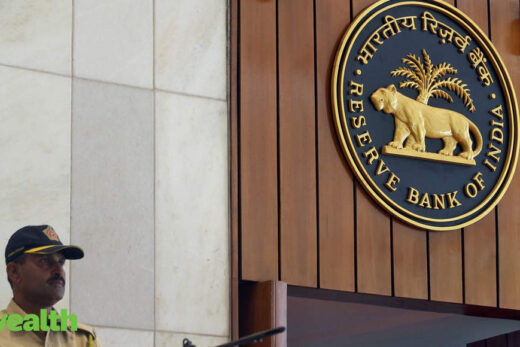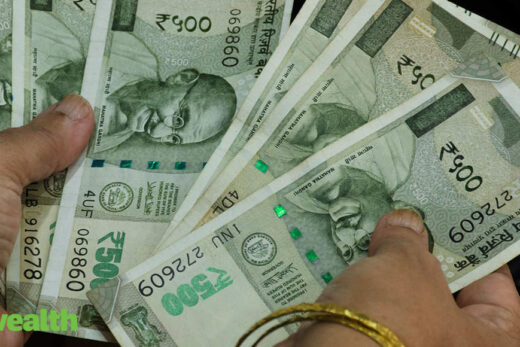Jain was replying to a question on whether the RBI is comfortable with the quality of assets of the financial sector after the moratorium of classification of bad loans due to the Covid 19 pandemic ended last year.
“While banks and financial institutions have resilient capital and liquidity buffers as we are seeing in their balance and we are also seeing that stress remains moderate in spite of the pandemic. We are closely monitoring the build up of stress including in MSME and retail credit. RBI is also conducting special meetings and discussions with top management of banks, small finance banks and NBFCs wherever some stress built up has been observed,” Jain said.
As deputy governor Jain is in charge of the dpartment of supervision which includes risk, analytics and vulnerability assessment for the financial sector.
Earlier in July, the RBI reduced its indicative estimate for aggregate bad loans in the Indian banking system in the worst case scenario in its mid year financial stability report (FSR), citing regulatory support and strong capital base of banks.
In its bi annual FSR, RBI said banking sector NPAs can increase to a maximum of 11.22% in the worst case down from 14.8% predicted in the worst case scenario in the last report in January. Gross NPAs will also be lower in the baseline scenario at 9.80% versus the 13.5% predicted in January.
The improvement in the health of banks over earlier expectations is “indicative of pandemic proofing by regulatory support,” RBI said.
RBI said banking system level capital adequacy ratio holds up well moderating by just 30 basis points between March 2021 and March 2022 under the baseline scenario and by 130 basis points and 256 basis points, respectively, under the two stress scenarios.
“All 46 banks would be able to maintain CRAR well above the regulatory minimum of 9% as of March 2022 even in the worst case scenario. The common equity Tier I (CET-1) capital ratio of banks may decline from 12.78% in March 2021 to 12.58% under the baseline scenario and further to 11.76% and 10.73%, respectively, under the medium and severe stress scenarios by March 2022,” RBI said.
The bi annual report released by the central bank checks the resilience of bank balance sheets to unforeseen shocks emanating from the macroeconomic environment over the next one year through hypothetical stress tests.



